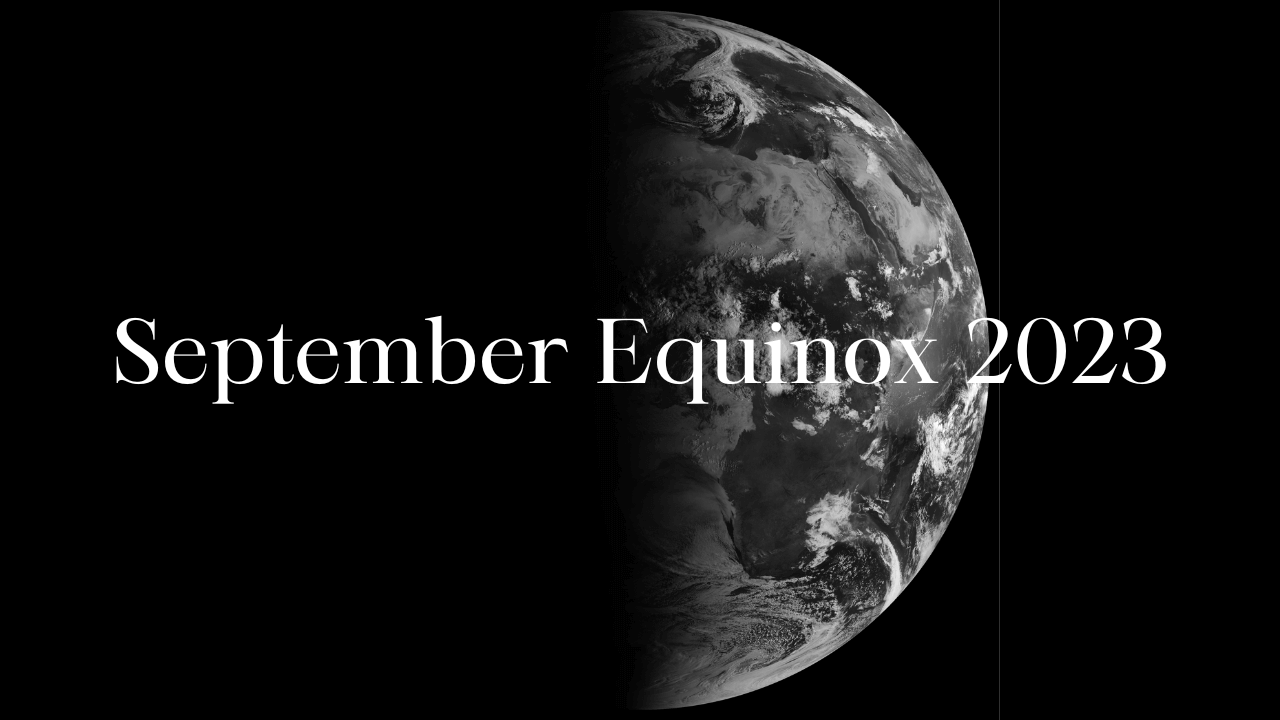September Equinox 2023
On the 23rd of September 2023, at 12:20 IST (06:50 UTC), a celestial phenomenon known as the September Equinox unfolded, captivating observers worldwide. Often referred to as the Fall Equinox, this remarkable event signifies the onset of autumn in the Northern Hemisphere and the dawning of spring in the Southern Hemisphere. In this article, we will delve into the intricacies of the September Equinox, exploring its significance, the underlying science, and the profound impact it exerts on our planet.
Deciphering the September Equinox
The September Equinox is an annual event that transpires each September when the duration of daylight and nighttime approaches an exquisite equilibrium worldwide. This notable happening heralds the arrival of autumn in the Northern Hemisphere and the commencement of spring in the Southern Hemisphere. Fundamentally, the September Equinox results from the tilt of Earth’s axis.
Earth’s Role in the Equinox
The north-south migration of the subsolar point, the point directly beneath the sun’s rays on Earth’s surface, is an outcome of our planet’s axial tilt, which approximates 23.4 degrees concerning the ecliptic plane. This imaginary plane is defined by Earth’s orbit around the Sun, and this tilt fundamentally governs the changing of seasons.
Demystifying the Equinox
During the equinoxes in March and September, Earth’s axis aligns perpendicularly to the Sun’s rays, engendering a nearly uniform dispersion of sunlight across the globe. This precise alignment, where day and night approximately equalize in length everywhere, bestows upon us the term “equinox,” etymologically rooted in the Latin words “aequus” (equal) and “nox” (night).
Equilux: The Subtle Balance
Although equinoxes are conventionally envisioned as having precisely 12 hours of daylight and 12 hours of darkness, this representation is not entirely accurate. In the realm of astronomy, the equinox pertains to the days when day and night genuinely achieve equilibrium. Nonetheless, the equilux typically unfolds a few days preceding or following the equinox due to factors like atmospheric refraction.
Seasonal Transitions and Equinoxes
The September Equinox occupies a pivotal role in orchestrating the shift from one season to another. In the Northern Hemisphere, it symbolizes the advent of autumn, marked by the Northern Hemisphere tilting away from the Sun. This shift results in cooler temperatures and abbreviated daylight hours. Conversely, in the Southern Hemisphere, the September Equinox witnesses a tilt toward the Sun, inaugurating warmer climes and prolonged daylight as spring unfurls its splendor.
The Mutable Date of Equinoxes
The date of equinoxes manifests a degree of variability due to the calendar’s imperfect alignment with Earth’s tropical year. To rectify this incongruity, a leap day is periodically inserted into our calendar, giving rise to leap years. This calendrical adjustment ensures that equinoxes and solstices remain reasonably synchronized with our calendar as time unfolds.
Conclusion: September Equinox 2023
The September Equinox serves as a celestial masterpiece that marks the celestial transition of seasons on our planet. It ushers in autumn in the Northern Hemisphere and welcomes spring in the Southern Hemisphere. This annual occurrence, driven by Earth’s axial tilt and celestial trajectory, is a testament to the intricate choreography of our planet within the cosmic dance. As we bear witness to this event year after year, it serves as a reminder of the dynamic celestial forces shaping the world that we call home.
- Indian Bank Recruitment 2025 Out for 1500 Apprentice Posts
- Indian Bank Apprentice Salary 2025, Pay Scale, Salary Structure
- Indian Bank Apprentice Syllabus & Exam Pattern 2025, Check Details
- Railway RPF Syllabus 2024, Check Exam Pattern, Topic And Syllabus
- SSC JE vs RRB JE, Which Is Better? Know Detailed Comparison

